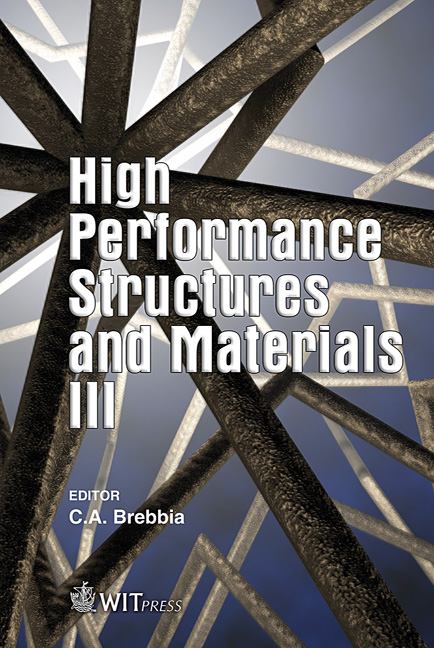Study On Fatigue And Energy-dissipation Properties Of Nanolayered Cu/Nb Thin Films
Price
Free (open access)
Transaction
Volume
85
Pages
8
Published
2006
Size
830 kb
Paper DOI
10.2495/HPSM060311
Copyright
WIT Press
Author(s)
Y.-C. Wang, T. Hoechbauer, J. G. Swadener, T. Darling, A. Misra, R. Hoagland & M. Nastasi
Abstract
Energy dissipation and fatigue properties of nano-layered thin films are less well studied than bulk properties. Existing experimental methods for studying energy dissipation properties, typically using magnetic interaction as a driving force at different frequencies and a laser-based deformation measurement system, are difficult to apply to two-dimensional materials. We propose a novel experimental method to perform dynamic testing on thin-film materials by driving a cantilever specimen at its fixed end with a bimorph piezoelectric actuator and monitoring the displacements of the specimen and the actuator with a fibre-optic system. Upon vibration, the specimen is greatly affected by its inertia, and behaves as a cantilever beam under base excitation in translation. At resonance, this method resembles the vibrating reed method conventionally used in the viscoelasticity community. The loss tangent is obtained from both the width of a resonance peak and a free-decay process. As for fatigue measurement, we implement a control algorithm into LabView to maintain maximum displacement of the specimen during the course of the experiment. The fatigue S-N curves are obtained. Keywords: nanolayered thin films, fatigue, loss tangent. 1 Introduction Materials consisting of nano-scale microstructures are of scientific and industrial interest due to their unusual mechanical properties. It has been shown that nanolayered multilayers exhibit ultra-high yield strength [1]. Transmission electron microscopy (TEM) studies on cold-rolled Cu/Nb multi-layers showed that the
Keywords
nanolayered thin films, fatigue, loss tangent.





